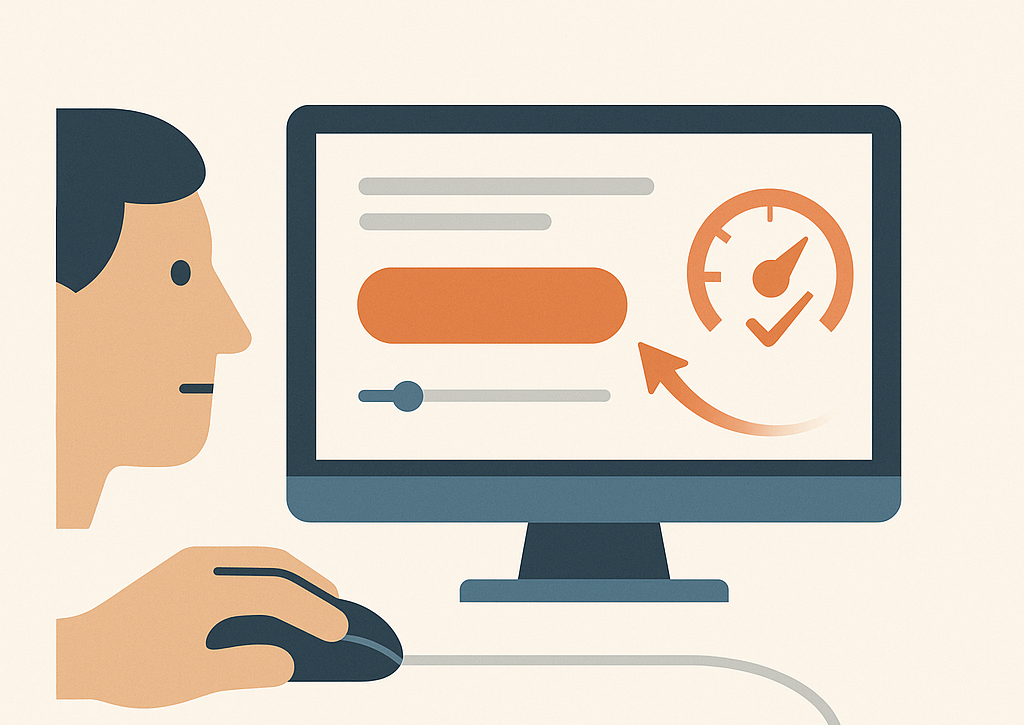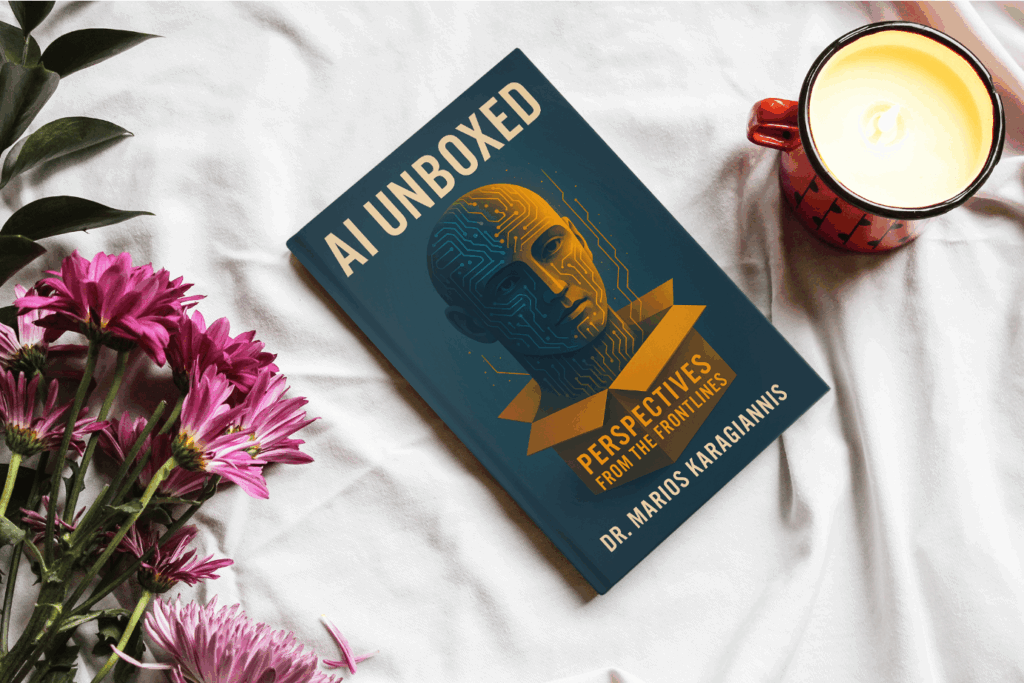
As the landscape of software systems becomes more intelligent, the evolution from rigid automation to adaptive, context-aware AI-based agents is reshaping how we build, deploy, and interact with technology. This transformation is not just about efficiency; it’s about creating systems that can reason, learn, collaborate, and even adapt dynamically to changing environments and goals.
From Traditional Automation to Intelligent Autonomy
Traditional automation is rooted in fixed logic: systems designed to perform specific, predefined tasks. These systems are excellent in environments where conditions are stable and predictable. A manufacturing line, for instance, may run on automation scripts that perform identical movements for every product passing down the conveyor. Likewise, IT automation can schedule backups, clean up logs, or reroute traffic based on static conditions. These systems are reliable, but brittle. Any deviation from expected inputs can lead to failure.
AI-based agents, on the other hand, do not merely follow rules. They interpret data, respond to uncertainties, and adapt in real time. This makes them ideal for unstructured environments where new patterns emerge frequently, such as human conversation, stock market analysis, autonomous navigation, and dynamic resource allocation. Where traditional automation is reactive, AI agents are proactive, often capable of making inferences and proposing solutions that weren’t explicitly programmed into them.
Understanding AI-Based Agents
An AI-based agent is a computational entity with the ability to:
- Perceive its environment via sensors or data streams,
- Decide what to do based on an internal reasoning mechanism (often powered by AI models),
- Act upon the environment to change its state or achieve a goal,
- Learn from interactions to improve future performance.
Unlike conventional programs, AI agents are often designed with goal-directed behavior, autonomy, and contextual awareness. A chatbot trained to assist customers can understand nuances, interpret sentiment, escalate issues appropriately, and remember user preferences, capabilities far beyond static logic trees.
In these agents, the AI model serves as the brain, processing perceptions into decisions. For example:
- A language model interprets user input and generates responses.
- A vision model processes visual cues from a camera feed.
- A reinforcement learning model updates its strategy based on outcomes.
Together, these models empower the agent to function in uncertain or changing environments, offering a rich, adaptable approach to problem-solving.
Specialization vs. Generalization in AI Agents
A recurring challenge in AI system design is the trade-off between generality and specialization. While it is tempting to build a single, all-knowing “super-agent,” real-world deployments benefit far more from specialized agents with targeted expertise.
Each specialized agent is optimized for a particular domain or task. This division of labor is not only efficient, it mirrors real-world organizational structures. For instance:
- A scheduling agent might coordinate meetings, taking into account time zones, availability, and preferences.
- A data summarization agent could distill reports or legal documents into bullet points.
- A pricing agent in an e-commerce platform dynamically adjusts prices based on demand, competition, and stock levels.
Specialization leads to greater performance, scalability, and reliability. It allows each agent to be developed, trained, and maintained independently, and it makes troubleshooting and upgrading more manageable. In contrast, general-purpose agents often suffer from complexity, lower accuracy in domain-specific tasks, and reduced explainability.
The Rise of Multi-Agent Systems (MAS)
A particularly powerful evolution of this idea is the Multi-Agent System (MAS). In a MAS, multiple AI agents operate within a shared environment, often pursuing their own goals while communicating or collaborating with others to achieve broader objectives.
MAS offers several advantages:
- Decentralization: No single point of failure. Each agent functions autonomously.
- Parallelism: Multiple agents can operate simultaneously, enabling faster task completion and better resource utilization.
- Emergence: New behaviors can arise from simple rules and interactions, enabling system-level intelligence that no individual agent possesses alone.
Agents in MAS may be cooperative, competitive, or both. Cooperative agents share knowledge and coordinate actions (e.g., drone swarms). Competitive agents may simulate economic systems or game environments. Hybrid systems blend both modes for complex simulations.
Communication is vital in MAS. Agents may use explicit message-passing, shared memory, or middleware frameworks that support discovery, trust management, and coordination. Common languages or ontologies are often established to ensure interoperability.
Real-World Applications of AI-Based and Multi-Agent Systems
AI-based agents and MAS are finding real-world traction across industries:
- Finance & Trading
Autonomous trading bots analyze vast datasets, identify opportunities, and place trades in real time. In a MAS, risk assessment, fraud detection, and portfolio optimization agents may interact to build more holistic financial ecosystems. - Healthcare
Diagnostic agents process medical images or test results, triage bots assist in symptom checking, and administrative agents manage appointments and billing, each with a clear specialization but capable of integrating into larger hospital systems. - Logistics & Supply Chains
AI agents manage inventory levels, route deliveries, and adapt to disruptions like weather or geopolitical events. In MAS setups, each stage of the supply chain has dedicated agents communicating to minimize delays and costs. - Smart Cities
Traffic light systems, pollution monitoring, and emergency response agents coordinate to improve safety and efficiency. A MAS architecture helps optimize services in real time, balancing competing demands from citizens, utilities, and agencies. - Gaming & Simulations
Non-playable characters (NPCs), strategy bots, and procedural generation agents act within shared worlds, offering dynamic, immersive gameplay. These agents can collaborate or compete, mimicking human-like behaviors. - Customer Experience
Digital assistants, support bots, recommendation systems, and feedback analyzers each play a role in improving user satisfaction across retail, telecom, and digital platforms.
AI Models as Modular Brains
A powerful feature of modern AI agents is the modularity of their “brains”, the core models driving perception, reasoning, and action.
Depending on the task, agents may use:
- Transformer-based language models for natural language processing and reasoning.
- Vision transformers or CNNs for image classification, object detection, and scene understanding.
- Reinforcement learning models for decision-making in interactive environments.
- Graph neural networks for relational reasoning across structured data (e.g., supply chains or molecular simulations).
These models can be fine-tuned to specific domains, enabling an off-the-shelf agent to be rapidly adapted for niche applications. The ability to swap or update these brains without redesigning the entire agent architecture makes AI agents highly agile, scalable, and upgradable.
Toward Ecosystems of Collaborative Agents
Looking forward, we are heading toward ecosystems in which agents don’t just work in isolation but form intelligent collectives. These ecosystems can span organizations, devices, and even physical infrastructure.
Imagine:
- A corporate team of agents automating everything from drafting reports to managing cloud infrastructure and onboarding new employees.
- A home ecosystem where your thermostat, fridge, and electric vehicle negotiate with utility companies to optimize power use.
- A research network of agents scanning literature, hypothesizing experiments, and analyzing results in tandem with human scientists.
These systems are not just futuristic, they’re already emerging, and with advancements in large-scale language models, edge AI, and agent-based orchestration platforms, their capabilities are accelerating.
AI-based agents mark a paradigm shift in how we conceptualize automation. No longer limited to static, rule-bound scripts, these agents are intelligent, adaptive entities capable of making decisions, learning from outcomes, and collaborating across domains. Whether acting alone or in coordinated multi-agent systems, their strength lies in specialization, modularity, and real-time interaction.
As we continue to integrate AI models into these agents, we unlock possibilities for building dynamic digital ecosystems that reflect, and even augment, the collaborative nature of human intelligence. This future is not only technologically exciting, it’s fundamentally transformative.









